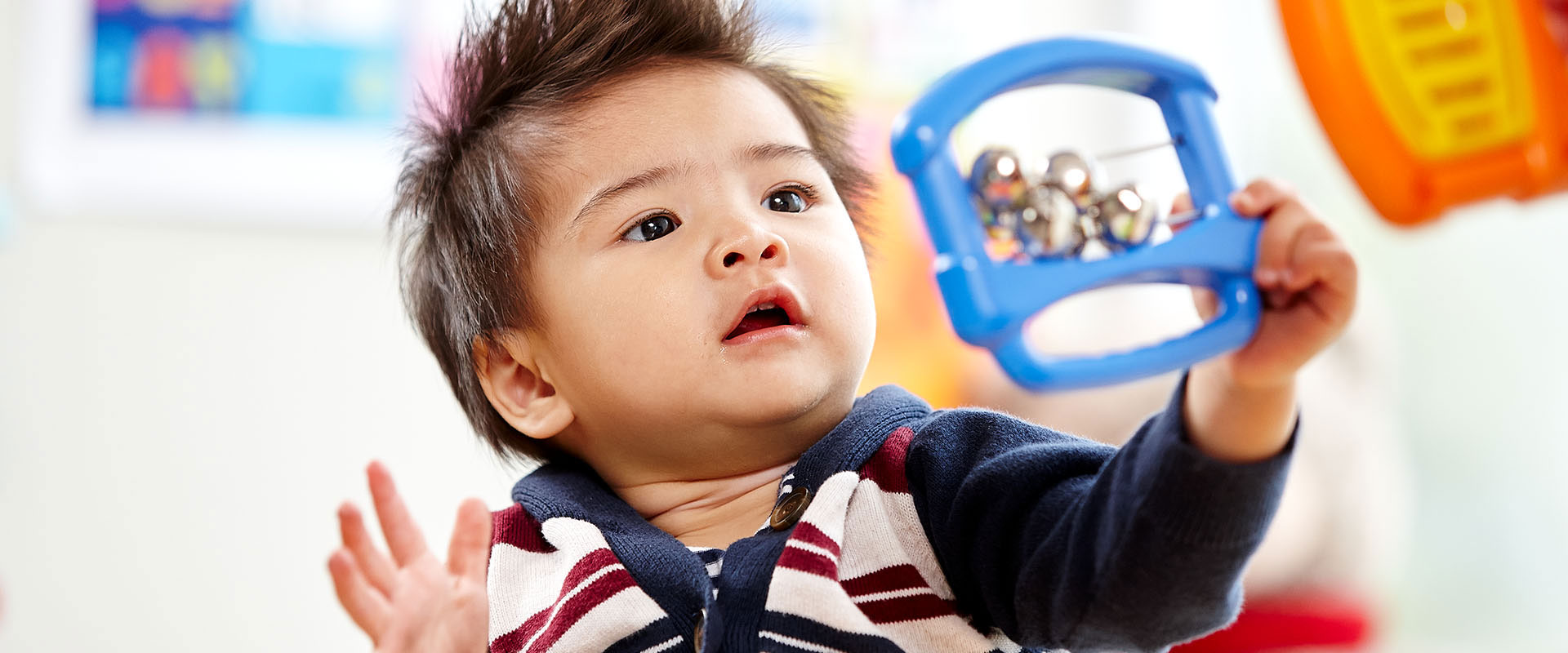Musical Shakers

You will need: (examples)
- Small plastic bottles or recycled container
- Tape
- Rice, corn kernels, stones or other small items.- KES- link
- Markers, paint, collage materials, or more tape, if you decide to decorate them
The Activity:
- First choose containers that are made of thick materials. There are some ideas below, avoid plastic bottles that scrunch up easily or ones that would be difficult for small hands to hold. Look out for cylindrical containers that might have a tin bottom, like the cocoa pot or tubular biscuit tins, these will be strong and make a good percussive sound too.
- Make shakers by putting a small amount of dried foods, water, sand in empty plastic bottles. The sound of the shaker will depend on what you put inside, so vary the contents. Don’t put too much in, it’s good to have a bit of space for it to shake about in. Make sure that you then seal the containers with tape securely.
- It’s such a good idea to make instruments from recycled materials, why throw things away when you can re-invent them, and give them a new life?
- Let the children explore the different sounds made by the shakers
Extending The Activity:
- Play and Stop Listening Game. - This simple activity encourages listening and following simple directions. Starts with the shakers on the floor in front of the child, and their hands in their lap, because if a child is holding a shaker in their hands it is almost impossible to resist giving it a bit of a shake! Ask the children to listen for two words – ‘play’ means pick up your shaker and make music, and ‘stop’ means put your shaker on the ground and put your hands in your lap.
- Fast, Slow, Loud, Soft. This is another simple listening game that introduces some beginning music concepts. Start with fast and slow – when you say fast they play fast, when you say slow, they play slow!
- Next try loud and soft, and then try with all four instructions together.
Words to introduce during the activity to support language development
- Shake
- Rattle
- High
- Low
- Loud
- Soft
- Pitch
- Note
- Noisy
- Quiet
How this supports your child's learning:
Toddlers will love exploring how the sounds they can create. It will also encourage toddlers to explore through their senses, experimenting with a range of materials. This will all support toddlers developing coordination, fine motor skills and early rhythm and rhymes.
Top Tip:
Get stuck in! Young children learn through watching others, they will love to see how you play and this will encourage them to have a go. Remember to play along to different types of music, as well as familiar rhymes.
Rain Tube - Below you will find an example of how to complete the activity on the front of this card.
- Poke the pencils all the way through the tube in any position you like.
- Seal the bottom of the tube with the celotape.
- At the top fill the tube with two fingers depth of rice.
- Seal the top of the tube with more celotable.
- As you rock the tube upside down the filling will fall to the bottom hitting the pancils on the way down, making it sound like rain.





